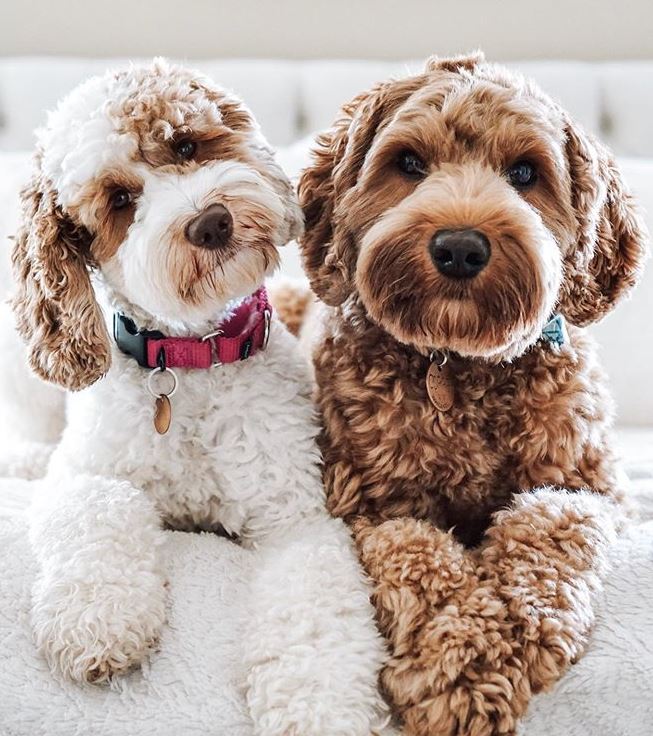I’ve seen a crazy number of poodles (mixes?) on my walks the last few days, and I’ve realized that I honestly can’t tell what’s a purebred poodle and what’s a doodle. You guys have a couple threads complaining about people like me, so I decided to ask for good ways to know if a dog is a doodle or a purebred, because grooming doesn’t always tell you!
Do poodle tails, when undocked and not groomed short, have feathers like a golden retriever’s tail? I’ve always assumed poodle hair was more puffy, not feather-like. The feathers are usually what I look for to say, “Oh, that’s a doodle.” But then I realized that that may not be accurate.
Any other physical tips to know if a dog is a doodle or purebred?
Do poodle tails, when undocked and not groomed short, have feathers like a golden retriever’s tail? I’ve always assumed poodle hair was more puffy, not feather-like. The feathers are usually what I look for to say, “Oh, that’s a doodle.” But then I realized that that may not be accurate.
Any other physical tips to know if a dog is a doodle or purebred?











